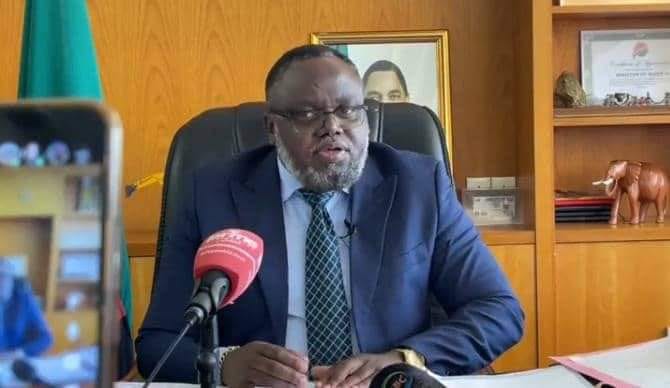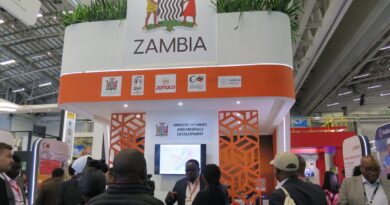Zambia Advances Mining Sector Transformation with Strategic Investments and Reforms
In a recent address to Parliament, Honourable Paul C. Kabuswe, Minister of Mines and Minerals Development, presented an extensive update on Zambia’s mining sector, highlighting government-led initiatives, significant investments, and upcoming projects poised to enhance the nation’s socio-economic growth.
The mining sector in Zambia has seen substantial financial commitments and advancements, with Mopani Copper Mines and Konkola Copper Mines as central players in the government’s strategic expansion.
International Resource Holdings, now a major stakeholder in Mopani, committed $1.1 billion to recapitalize the mine, increasing employment and strengthening local supplier engagement. Similarly, Vedanta Resources, after resolving longstanding disputes, has taken control of Konkola Copper Mines and pledged $1.3 billion, creating an anticipated 2,000 jobs.
Further projects across the Copperbelt are underway, including the $500 million dewatering of CNMC Luanshya’s dormant Shaft 28 and the commissioning of the $600 million Kitumba Mining Project in Central Province.
These efforts are expected to generate thousands of jobs and stimulate local economies. The Mingomba Mining Project and the Lumwana Mine Super Pit expansion, each requiring investments over $2 billion, underscore the government’s dedication to sustaining mining growth.
Honourable Kabuswe outlined several policy reforms to revamp Zambia’s mining industry, including the establishment of the Minerals Regulation Commission, set to streamline regulatory functions. Additionally, the government is finalizing local content regulations aimed at increasing the participation of Zambians in mining-related contracts.
Two new MoUs have been signed — one with Ivanhoe Mining for copper exploration and another with the Geological Survey of Finland for high-resolution aerial geophysical surveys.
These partnerships are expected to support Zambia’s goal of achieving three million tonnes of copper production annually by 2031 and promote a sustainable, high-value mining industry.
As part of ongoing efforts to formalize artisanal mining, the government has issued over 500 small-scale mining licenses and begun constructing gold marketing centers to curb illegal trading activities. This move, paired with capacity-building programs, aims to secure greater economic inclusion for small-scale miners and bolster the formal economy.
Zambia’s focus on its rich mineral resources underlines its broader economic recovery strategy. “Mining is Zambia’s major economic activity, crucial for driving our economic recovery agenda,” Kabuswe emphasized, adding that government actions in the sector will directly benefit Zambians through job creation and business opportunities.



